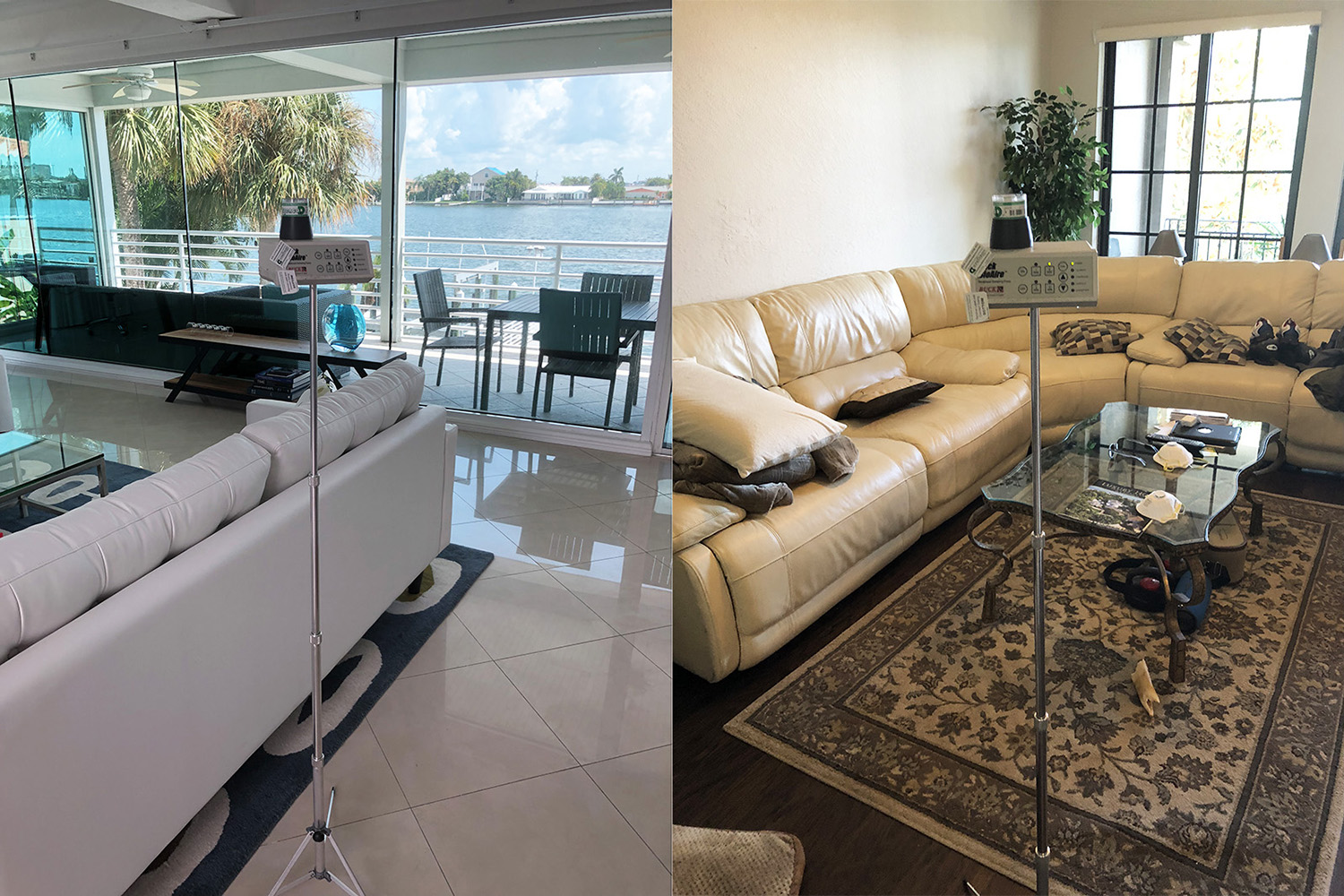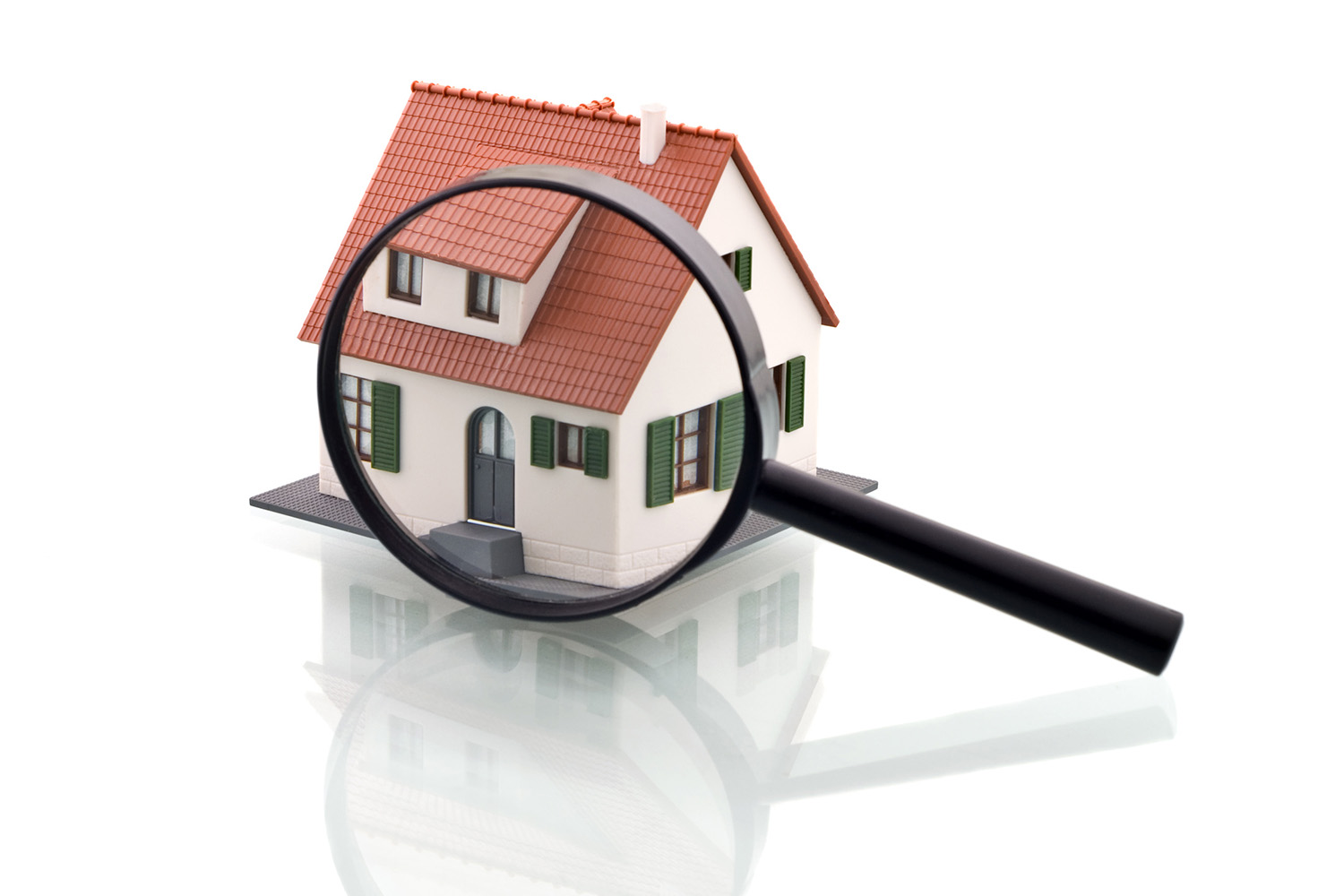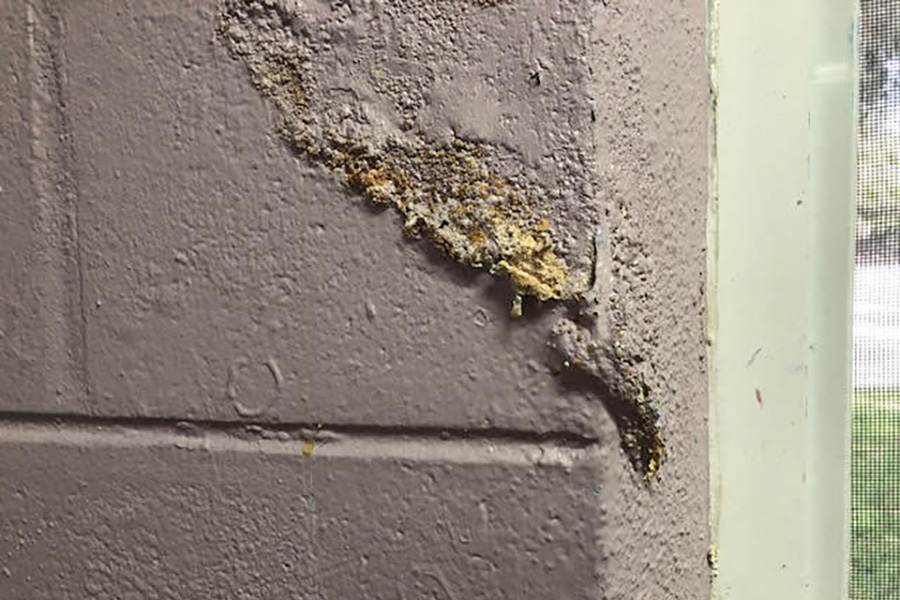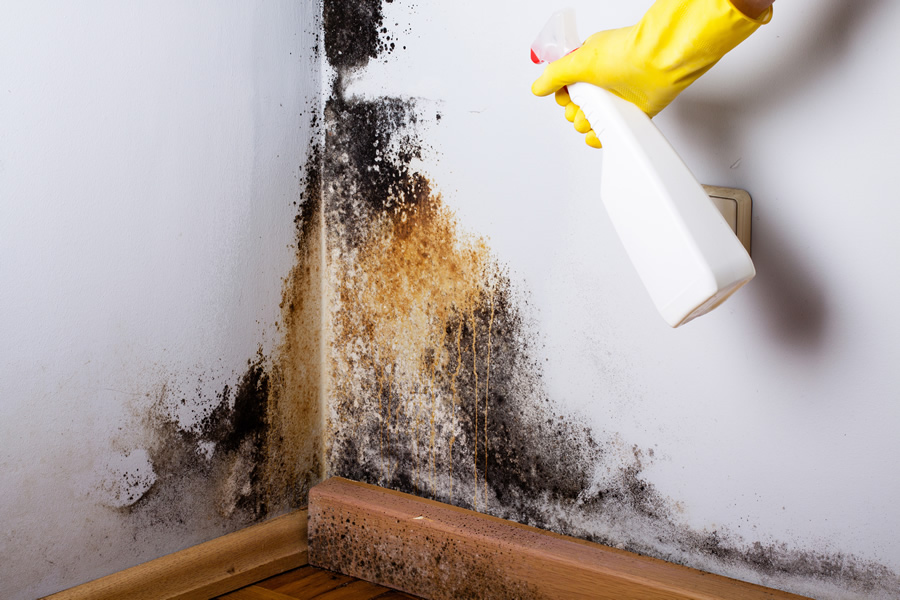Purposes and Applications
We occasionally get questions regarding ERMI (Environmental Relative Moldiness Index) and the different results that may be obtained versus Spore Trap air quality testing. This is generally because some doctors request that symptomatic patients get an ERMI test. While an ERMI may sometimes be useful, it is important to note that this is not a use for which the ERMI was developed. The ERMI was developed by the U.S. Environmental Protection Agency (EPA) as a research tool and is not recommended for use except as a research tool. According to the EPA, the ERMI has “not been validated for routine public use in homes, schools, or other buildings.” They further state that ERMI is still in the experimental stages and is not approved for medical diagnostic use. (https://www.epa.gov/sites/production/files/2017-04/documents/ermi_fact_sheet.pdf)
https://www.epa.gov/office-inspector-general/report-public-may-be-making-indoor-mold-cleanup-decisions-based-epa-tool
There are major differences between testing methodologies used, the results, and the application of the results that are obtained through these different types of mold testing. According to Derrick A. Denis, a Council-Certified Indoor Environmental Consultant, one should, “Consider what is your mold-related question and which of the sampling methodologies and analyses will most accurately answer your question.”
ERMI:
The ERMI is a DNA based mold analysis of dust gathered from a specific area of a carpeted home. The analysis determines the species that are present in the gathered dust, and thus the historical base of any and all of the molds (out of 36 tested for) that have been present. The resultant species found are divided into two groups: mold damaged home species and non-mold damaged home species. The Moldiness Index is the difference between Group 1 and Group 2 found in the home. An ERMI Scale, derived from the initial testing of (only) 1096 homes from across the US was assembled on a continuum from lowest to highest. The scale ranges from about –10 to about 20, or even higher. ERMI tests use a statistical formula to provide a single ERMI number. Interpreting that ERMI number can be a big challenge. In general it relates to the percentage of the originally tested homes that had the amount of mold found which matches the amount found in the newly tested home.
The dust sampling is often taken in one of two ways, either by wipe, or by attaching a dust collecting filter apparatus (obtained from a laboratory or testing company) to a vacuum hose. However, an ERMI score is only meant to apply to vacuum samples of carpeted areas. These samples are to be taken from sleeping and living areas of the home. The samples are then sent to a certified laboratory for DNA analysis. ERMI can give evidence of the historic (new or old mold contaminations) mold conditions in a building, if the carpet is not new. ERMI does not help to isolate the source of the mold contamination to aid in any required remediation.
Spore Traps (Air Sampling):
Spore Trap testing is the standard method for mold testing in homes and buildings. Air samples differ from ERMI because no settled dust is used and DNA is not tested. Instead, circulating air is drawn through a cassette/canister for a specific amount of time. Any spores (over 3 microns) present are deposited onto a glass slide in the cassette and then viewed through a microscope in the laboratory to determine the types and quantities of spores present. The cassette collects mold spores that are immediately present in your indoor air, and thus, an indication of what you
are currently breathing. As spore concentrations can vary daily, given the constant intrusion of outdoor air into a home via doors and/or windows, the indoor spore counts from tested rooms are compared to the outdoor spore count on the same day to determine if there is a statistically significant difference between the two, and thus if any of the indoor samples are “elevated.” These results can also give the Assessor potential locational information to determine the source area of elevated mold. Because Expert Mold Test always performs a visual inspection and moisture evaluation in addition to spore testing, we can help our clients determine if there is any Active moisture that could be the source of mold in their home.
So the main difference is that ERMI collects spores and DNA from carpet dust, whereas air samples collect spores from the air. What’s the big difference? Carpet is useful in a home as a “dust filter.” Many studies have been done to show that carpet holds dirt, dust, bacteria and other soils. “Once in the carpet, they tend not to get kicked up from foot traffic. Some say that carpets are healthier because they trap dirt, dust and allergens, keeping them out of the air that we breathe.” (Bob Abrams, Group Product Manager at Nilfisk-Advance) Therefore, spores settled in the carpet dust provide more historical information and air samples provide more current information. When potential clients ask us to perform an ERMI test, we first recommend that we do more traditional spore trap testing alongside (or instead of) ERMI. This way we can provide them with both historical and current information regarding the mold levels in their home. No one test is infallible and there are currently no standardized tests that define a mold “problem.” This is why it is important for an experienced and Licensed Mold Assessor to determine the areas to be tested and the type of tests best suited to your specific needs. With over 20 years of experience, Dan Brave at Expert Mold Test is extremely qualified to make these determinations and always makes his clients his first priority.
For more information, or to schedule an appointment for mold inspection and testing, please contact 770-533-3308 Expert Mold Test at www.expertmoldtest.com




